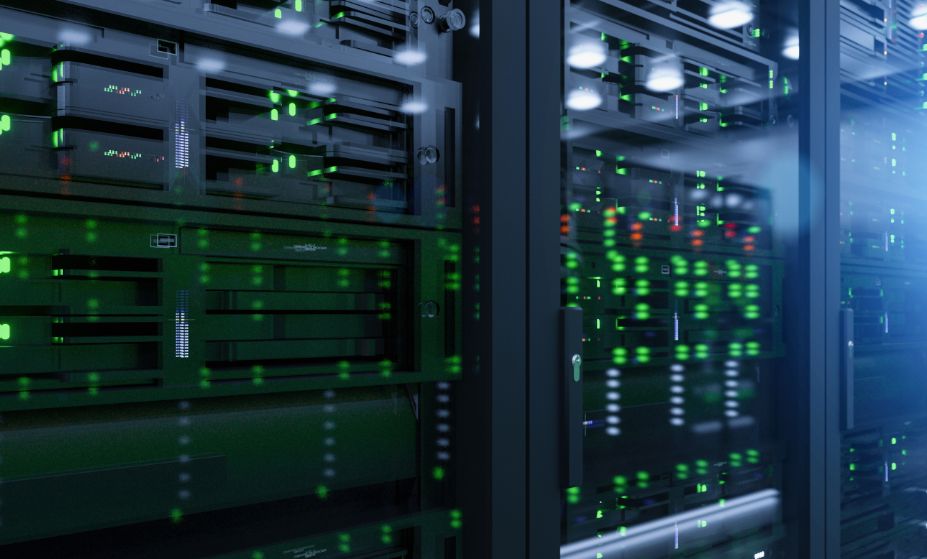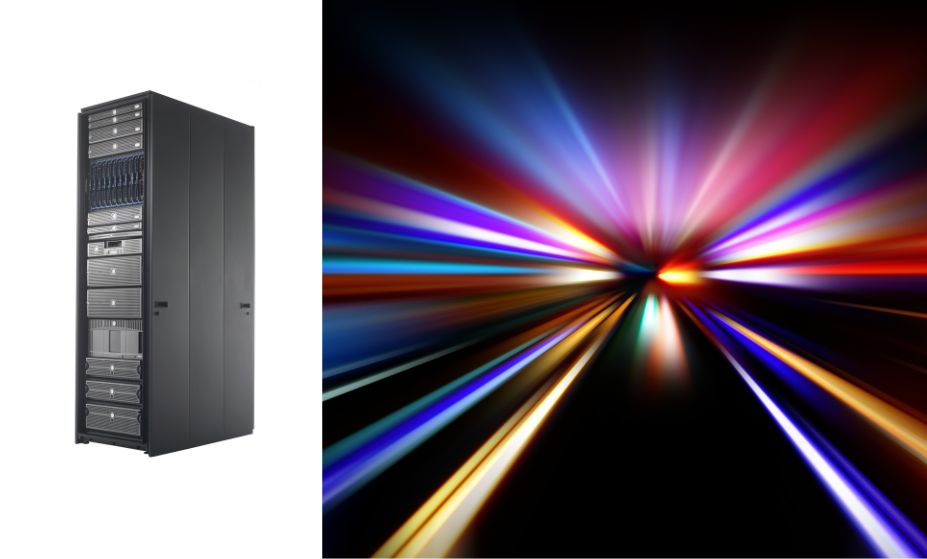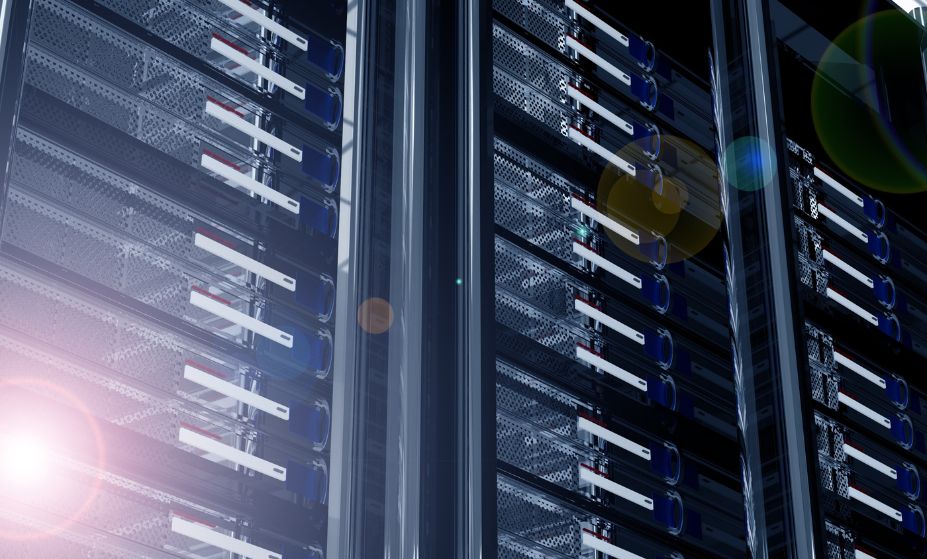A dedicated server is a powerful tool for any business or organization that relies on the internet for its operations. However, in order to get the most out of your server, it’s important to ensure that it has the right hardware specs to meet your specific needs. In this blog post, we’ll dive into the key hardware specs that can impact the performance of a dedicated server and provide tips on how to optimize them for the best results.
CPU (Central Processing Unit)
The CPU, or central processing unit, is the brain of your server. It’s responsible for executing instructions and performing calculations, and the speed and number of cores in the CPU determine how quickly and efficiently it can perform these tasks.
When it comes to optimizing the CPU for a high-performance dedicated server, there are a few key considerations:
- Clock speed: A higher clock speed means that the CPU can execute instructions more quickly, which can lead to better performance for tasks that are highly dependent on the CPU.
- The number of cores: More cores means that the CPU can handle more tasks simultaneously, which can lead to better performance for tasks that can be broken down into smaller parallel tasks.
When choosing a CPU for your dedicated server, it’s important to consider the types of workloads that the server will be running. For example, if you plan to run a large number of parallel tasks, such as video rendering or scientific simulations, then a CPU with a high number of cores may be a better fit. On the other hand, if the server will be primarily used for single-threaded workloads, such as a web server, then a CPU with a higher clock speed may be a better fit.
RAM (Random Access Memory)
RAM, or random access memory, is the temporary storage space that your server uses to store data that it’s currently working with. When you run a program or load a webpage, the data is loaded into RAM, where it can be quickly accessed by the CPU. More RAM allows your server to store and quickly access more data, which can lead to better performance.
When it comes to optimizing RAM for a high-performance dedicated server, it’s important to consider the types of workloads that the server will be running and how much memory your applications need. For example, if you plan to run several memory-intensive applications simultaneously, then a server with more RAM may be a better fit. On the other hand, if the server will be primarily used for lighter workloads, such as a basic web server, then a smaller amount of RAM may be sufficient.
Storage Storage is where your server stores the data it needs to keep track of and access on an ongoing basis. This can include the operating system, applications, and files. There are two main types of storage options for a dedicated server: HDD (Hard Disk Drive) and SSD (Solid State Drive).
- HDD (Hard Disk Drive): These have been around for decades and are the most common type of storage found in most computers. They use spinning disks to store data and are typically slower than SSDs when it comes to reading and writing data.
- SSD (Solid State Drive): These use flash memory to store data and are generally faster than HDDs. They also consume less power and generate less heat, which can be an important consideration for servers that run 24/7.
When it comes to optimizing storage for a high-performance dedicated server, it’s important to consider the types of workloads that the server will be running, and the balance between storage capacity and performance. For example, if you plan to run I/O-intensive workloads, such as large database applications or video streaming services, then an SSD with high read and write speeds may be a better fit. On the other hand, if storage capacity is a higher priority than performance, an HDD with a large storage capacity may be a better fit.
Another way to improve storage performance is to use a RAID (Redundant Array of Inexpensive Disks) configuration. This is a method of combining multiple physical disk drives into one logical unit, in order to improve performance, data availability, or both. There are several different types of RAID configurations, each with its own advantages and disadvantages. For example, RAID 0 offers the best performance but does not provide data protection, while RAID 1 or 10 provides data protection by mirroring the data across multiple drives.
In summary, when optimizing hardware specs for a high-performance dedicated server, it’s important to consider the types of workloads that the server will be running and how they impact the server’s performance. The CPU, RAM, and storage are key factors that can impact the performance of a server, and by considering the clock speed, number of cores, amount of RAM, and the type and capacity of storage, you’ll be able to choose hardware specs that will meet your specific needs. Additionally, considering other options like RAID can also improve your server’s performance. By working with an experienced dedicated server provider, you can find the right combination of hardware specs and support to power up your server and ensure that it delivers the performance, reliability, and security that your business needs.



